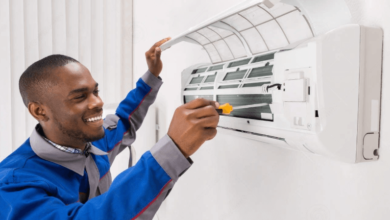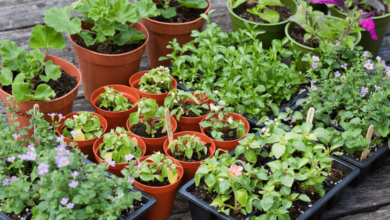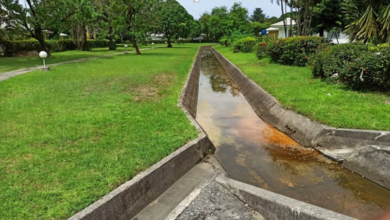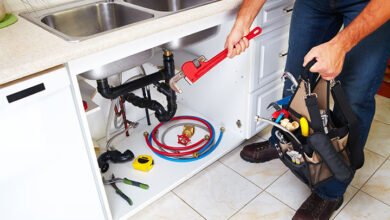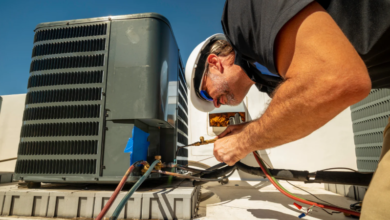How to Prepare Your HVAC System for Seasonal Changes
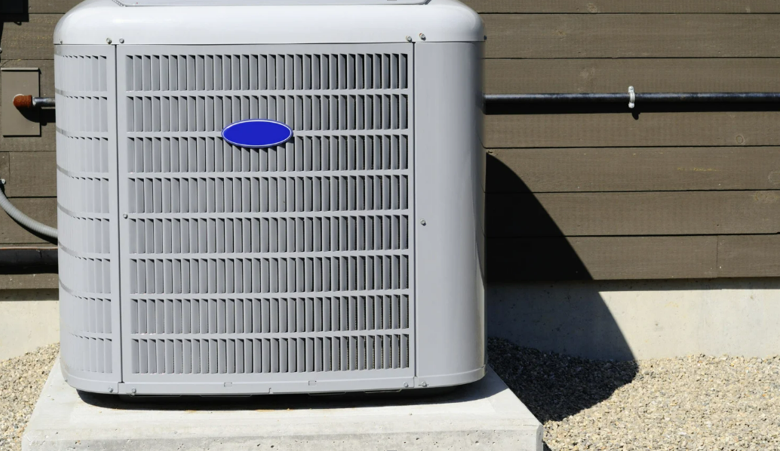
As the weather shifts from one extreme to another, your HVAC system becomes central to maintaining indoor comfort and energy efficiency. Transitioning between cooling and heating seasons requires more than simply flipping a thermostat switch. Ensuring your equipment is ready for the months ahead can help avoid costly breakdowns, reduce energy bills, and improve air quality. Whether you’re relying on HVAC in Ooltewah services for maintenance or want to be proactive, seasonal preparation is essential.
The Importance of Seasonal HVAC Preparation
Seasonal changes place unique demands on HVAC systems. Summer puts strain on cooling units while winter tests the heating components. Without proper preparation, systems may run inefficiently, consume excess energy, or suffer avoidable damage. Professional maintenance helps systems adapt smoothly to shifting temperatures and humidity levels. A well-prepared system ensures consistent airflow, accurate temperature control, and reliable operation throughout the year. Addressing performance issues in advance also reduces the risk of mid-season failures when technicians are in high demand and delays are costly.
Schedule a Professional Inspection
One of the most effective steps in preparing your HVAC system is scheduling a seasonal inspection. A certified technician can evaluate every component, from the heat exchanger and blower motor to the refrigerant levels and thermostat settings. This ensures your system is not only functional but optimized for seasonal performance. In some cases, inspections may reveal more serious issues such as aging equipment or inconsistent performance. Understanding the signs that indicate when to replace your HVAC system can help you determine whether a tune-up is sufficient or if it’s time to explore replacement options before extreme temperatures arrive.
Replace Air Filters and Clean Vents
Air filters trap dust, pollen, and debris, preventing them from circulating through your home. However, clogged filters reduce airflow, causing your HVAC system to work harder than it needs to. This increases energy usage and shortens equipment lifespan. Before each seasonal transition, replace air filters and inspect supply and return vents. Clearing dust and obstructions from these areas improves circulation and helps maintain a stable indoor temperature. Clean vents also reduce the spread of allergens and contaminants, contributing to a healthier living space.
See also: Why Basement Remodeling is a Smart Investment for Homeowners
Test the Thermostat and Controls
Seasonal preparation should include testing and recalibrating your thermostat. Over time, controls may become less responsive or drift out of sync with actual indoor temperatures. Verify that your thermostat displays the correct room temperature and that your scheduled settings are up to date. Programmable thermostats should be adjusted for seasonal use. For instance, during colder months, ensure the system doesn’t overheat the home while you’re away. Smart thermostats can further enhance energy efficiency by learning your habits and adjusting settings accordingly.
Evaluate Ductwork and Insulation
The condition of your ductwork plays a critical role in seasonal HVAC performance. Leaks or unsealed joints in the ducts can cause significant air loss, leading to uneven temperatures and wasted energy. A technician can assess whether ducts need to be sealed or cleaned to restore optimal efficiency. Likewise, attic and wall insulation should be evaluated ahead of colder seasons. Inadequate insulation makes it harder for the system to retain warm air, forcing it to work harder to maintain the desired temperatures. Addressing this issue before winter begins is crucial for achieving energy savings and maintaining indoor comfort.
Indoor Air Quality Considerations
Seasonal maintenance also improves air quality. During colder months, people spend more time indoors, increasing exposure to allergens, dust, and airborne particles. Regular HVAC service plays a role in mitigating these risks. Systems that are clean and well-maintained reduce the circulation of pollutants and help manage humidity levels effectively. Knowing how to improve indoor air quality through regular HVAC maintenance emphasizes the value of routine servicing in reducing contaminants and maintaining a healthy indoor environment year-round.
Conclusion
Preparing your HVAC system for seasonal changes is a strategic investment in comfort, energy efficiency, and the long-term performance of your equipment. From replacing filters and checking thermostats to inspecting ductwork and addressing air quality, professional preparation ensures your system can handle the demands of both summer and winter. Prioritizing this transition now helps avoid costly repairs and gives you peace of mind, regardless of what the weather brings.

